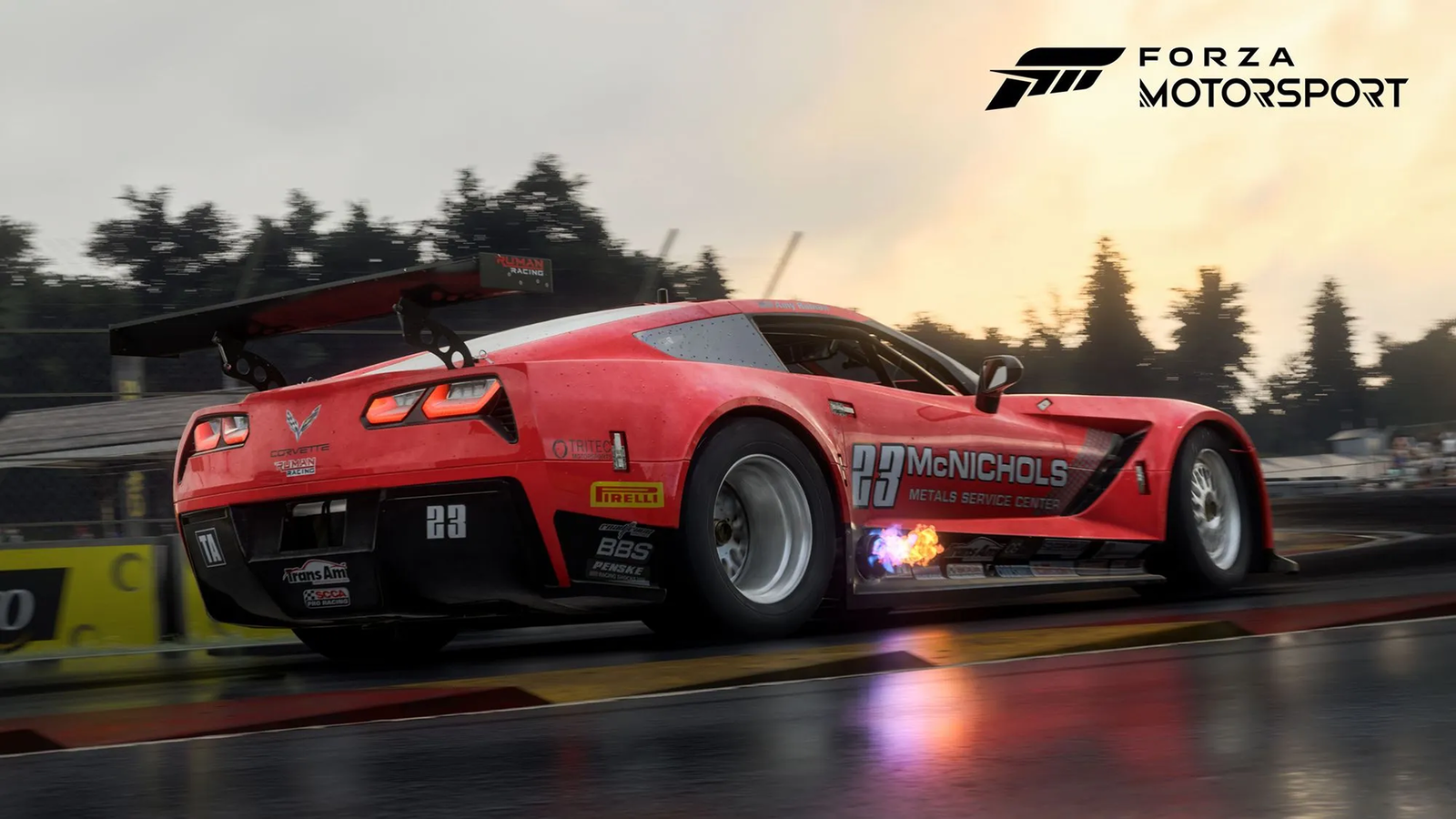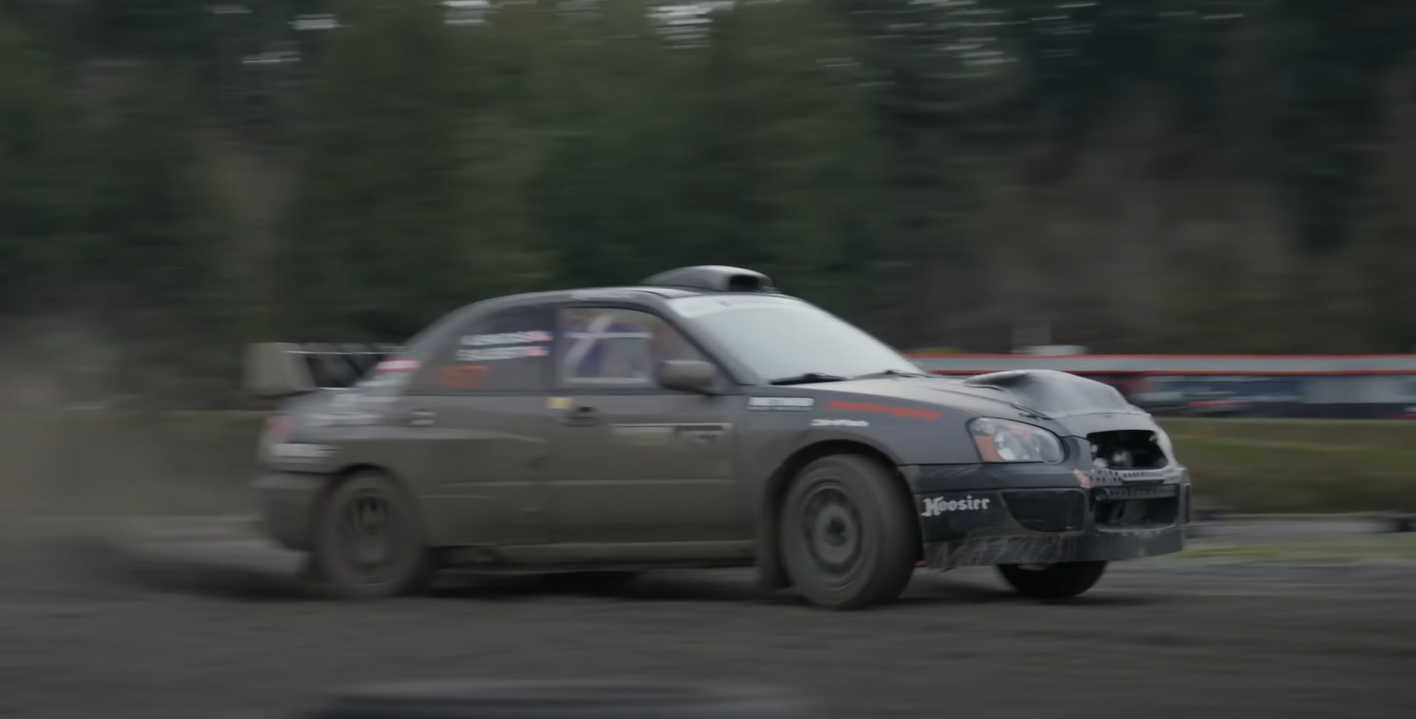The New Dodge Charger Is Here And You Can Still Have An Engine

This is going to be a bitter pill for some people to swallow. From their introduction in the 2000s until their discontinuation late last year, Dodge’s modern muscle cars – the Challenger and Charger – were defined by their big, rumbly and undeniably American Hemi V8s.
The times have finally caught up with Dodge, though, and this is the car that serves to supersede them both, Dodge’s replacement for displacement. The headline is that, yes, the Charger has gone electric. But that won’t be your only option…

Leading the, ahem, charge is the all-electric, four-wheel drive Charger Daytona. The first car confirmed to be sitting on Stellantis’ new scalable STLA Large platform, it’s based around a 400v electrical system and a 100.5kWh battery, with an electric motor on each axle.
The Daytona is available in two trim levels – the 496bhp R/T and the 670bhp Scat Pack. Dodge expects the latter to be capable of hitting 60mph in 3.3 seconds and running an 11.5-second quarter mile. These power levels are accessible through what Dodge calls ‘Direct Connection’ upgrade kits, which ship as standard with these initial two models – Stage 1 for the R/T, and Stage 2 for the Scat Pack. Future Charger Daytona variants will offer these upgrades as paid extras.

A small caveat with these power figures is that they're the very peak numbers made by the Charger Daytona,with its 'PowerShot' feature active. Similar to the 'push-to-pass' function on the updated Porsche Taycan, this endows the car with an extra 40bhp for 15-second bursts via what Dodge calls a 'throttle punch'. When not mashing the fast pedal, power figures are 630bhp for the Scat Pack and 456bhp for the R/T.
Perhaps a little controversially, the Charger Daytona will join its otherwise very different Stellantis stablemate, the Abarth 500e, in offering a fake exhaust noise to try and placate those upset by the move away from internal combustion. Dodge calls it the Fratzonic Chambered Exhaust and, while we heard it previewed with 2022’s Charger Daytona Concept, we don’t know what the production version will sound like just yet.

The electric range is said to be 317 miles for the less powerful R/T and 260 for the Scat Pack, with both capable of going from 20 to 80 per cent battery in 27 minutes on a rapid charger. Not bad for a pair of, erm… rapid Chargers.
Perhaps more significant than the electric versions, which we’ve known were in the works for a while, is that the petrol Dodge muscle car isn’t dead just yet. A little further down the line, the Daytona will be joined by the Charger Sixpack. This is a name from Dodge’s past, and while it once referred to six-barrel carburettors, it now denotes six cylinders, as the Charger will be available with Stellantis’ 3.0-litre, twin-turbocharged Hurricane straight-six.

The Sixpack will be available as a ‘High Output’, 550bhp two-door coupe, and as a 420bhp ‘Standard Output’ car which will also see the introduction of a four-door saloon. Other drivetrain and performance details remain under wraps for now.
All chargers get multi-link suspension all round, with a model-specific setup at the rear. The Daytona Scat Pack is additionally available with optional adaptive dual-valve suspension. It comes with the usual gamut of drive modes – Auto, Eco, Sport, Wet/Snow and Track, with the Scat Pack getting an additional Drag mode.

The Scat Pack will also have some other party tricks with dedicated donut and drift modes, and all cars get launch control and a line-lock function which locks the front axle, ostensibly for warming up the tyres at the drag strip but realistically for doing the sort of big, smokey burnouts that’ll get you banned from cars and coffee meets.
Inside, proceedings are dominated by a pair of big touchscreens: a digital instrument cluster that’s 10.25 inches wide in the R/T and 16 inches in the Scat Pack, and a 12.3-inch central screen. In addition to the usual CarPlay and Android Auto connectivity, the screens will offer drivers access to Dodge’s Performance Pages telematics that track things like lap times and peak Gs.

When Dodge revived the Charger and Challenger names in the 2000s, it was the Challenger that was the retro-styled, two-door pony car while Charger was used for a four-door saloon. The new Charger replaces both, although it very clearly continues the throwback styling of the old Challenger. The narrow, full-width front grille, rear lightbar and semi-concealed headlights are all clear nods to the iconic Charger of the late ’60s, while the angry bee character that marks out electric versions is a reference to the Dodge Super Bee of the same era.
Unsurprisingly, it looks damn near identical to the Charger Daytona concept from 2022, which we’ve known it would for a while thanks to Dodge’s protracted teaser campaign.
All in all, it’s a lot to process after so many years of Hemi-powered Dodges. The presence of the straight-six versions may keep some of the baying mobs away from Dodge’s door for now, but it’s clear that the electric Daytona is supposed to be the headline act. It’s a muscle car, just not as we know it.



Comments